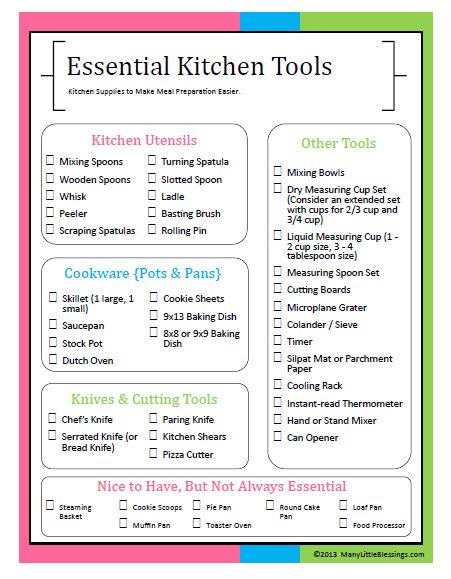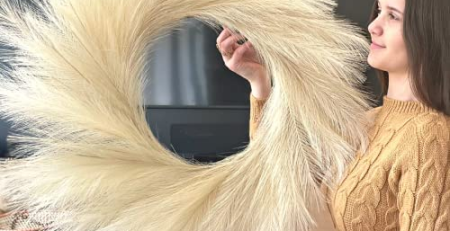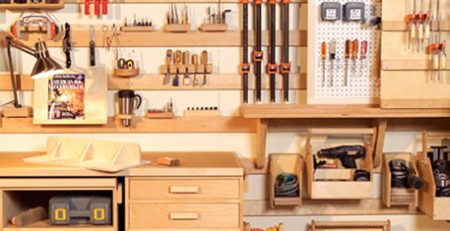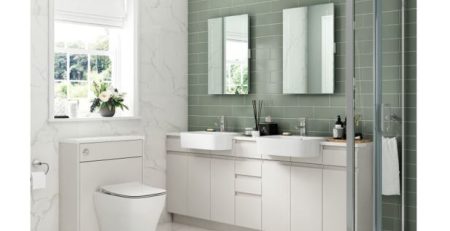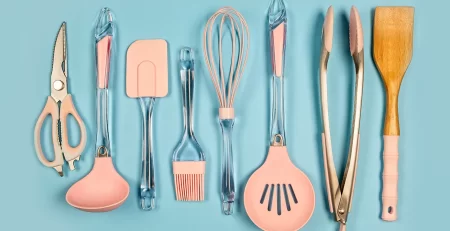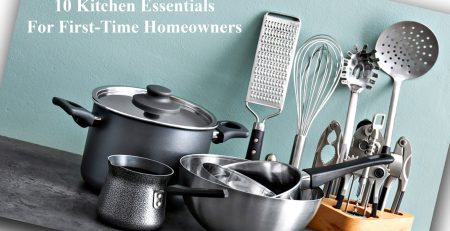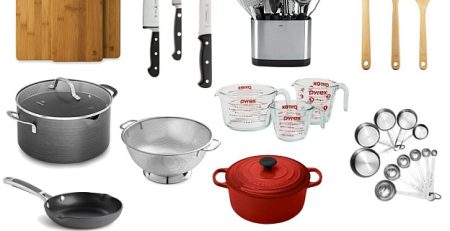100 kitchen essentials checklist
100 kitchen essentials checklist
Cooking utensils
- Spatulas
- Turners
- Colanders
- Ladles (for mixing, serving and draining liquids)
- Measuring cups and spoons. These can be used for baking or cooking as well as for measuring out ingredients when you’re making a recipe. Don’t forget that these should be stainless steel if you want them to last! Our favorite are these Pyrex sets from Target:
Cookbooks
Cookbooks are a great way to find new recipes and ingredients.
Cookbooks can be a useful tool for learning how to cook, but they’re also an excellent source of inspiration.
Knives
Knives are a must-have. They come in handy for chopping, slicing and dicing everything from vegetables to meat to cheese. A good knife should be sharp so it can cut through the food you’re preparing; it should also be easy to clean and handle.
Searing knives
A searing knife is a flat blade with a long handle. It’s used for preparing food quickly, such as fillets of fish or chops of meat.
The purpose of a searing knife is to sear the outside of your food before cooking it further. This process creates an attractive crust on the surface that makes foods taste better and look more appetizing when they are served. You can also use them to caramelize onions, mushrooms and other vegetables before adding them into your dish at the end of cooking time (this step is called “sealing in”).
There are three basic types: straight-edged, French-style rounded tip and curved tip with serrated edges—all designed for different tasks! Each type has its own advantages and disadvantages; depending on what type you choose will depend upon whether or not you plan on using this tool often enough where durability becomes an issue.”
Short-blade and paring knives
- You’ll need a good knife.
- There are many different types of knives, and each has its own purpose.
- Paring knives are used to remove skin from fruit and vegetables, while chef’s knives are mostly used to cut meat (but they can also be used as smaller paring knives).
- A cleaver is an all-purpose kitchen tool that can be used for chopping, dicing and mincing food—it’s not just for chopping onions! The blade on this particular tool is shorter than most other kitchen knives; this makes it easier to handle because your hands aren’t so far away from the cutting edge when you’re dealing with smaller pieces of meat or vegetables.
Tongs
- These are a great tool for turning food, and they’re essential if you want to flip pancakes or burgers or chicken breasts.
- A spatula is another versatile kitchen implement that can be used in many ways: scooping hot food from the pan, scraping sides of bowls, spreading frosting onto cakes (or just about any baked good), etc. It’s also great for turning pasta into fettuccine Alfredo because it has less of an impact on both your arms than would using tongs alone would have had on them—and this is important for those who have arthritis or other conditions that prevent them from lifting heavy objects with their hands alone!
Measuring spoons
Measuring spoons are essential for cooking, baking, or any other food prep task. They come in different sizes and can be used to measure ingredients as well as liquids. It’s important to have the right measuring spoon for your needs so you don’t end up with an extra one lying around the kitchen that no one knows what to do with.
- 1/4 tsp (or 25 mL)
- 1/2 tsp (or 50 mL)
- 1 tsp (or 15 mL)
- 2 tbsp (30 ML)
Mixing bowls & measuring cups
- Mixing bowls
- Measuring cups & liquid measuring cups with spouts
- Dry measuring cups & dry measuring cups with lids
Pans
Pans are the single most important piece of equipment you can own in your kitchen. Without them, you would have nothing to cook with!
There are many different types of pans and sizes to choose from, so it’s important to know what you need before buying anything. If we had only one pan for our entire lives, which one would it be?
- Skillet: This is a large metal or cast iron frying pan (or “frying pot”). These pans come in all shapes and sizes, but they all have one thing in common: they’re heavy enough that even if someone puts their hand inside them while heating up something on the stovetop, there’s no danger of getting burned by hot oil splashing out onto their skin—and this makes them ideal for making everything from eggs Benedict sandwiches to grilled cheese sandwiches without worrying about burning yourself while cooking dinner!
Bakeware and cooling racks
- Bakeware and cooling racks
- Baking sheets: A baking sheet is a round pan with handles. They’re great for cookies, cakes and other baked goods that need to be transferred from oven to cooling rack. A cookie sheet has sloped sides and can be used as an extra-large griddle pan. Cake pans have a removable bottom so you can fit them in the oven for baking purposes only; these are often referred to as 9×13″ or 13×9″ pans because they hold those dimensions when measured from edge to edge (not including handles). Muffin tins are similar in shape but smaller; when using them over an electric stove top or conventional gas burner they’ll need preheating before placing muffins inside—or else they’ll get stuck! Jelly roll pans have several layers stacked one on top of another like an accordion: When filled with batter it stretches out into long strips making it perfect for making larger portions without having leftovers! Springform pans are shaped like half circles connected at one end by metal rods inserted through holes drilled into them making removal easy without damaging anything else nearby during removal
Cast iron skillets, griddles and woks.
Cast iron is one of the oldest cooking materials. It was used by ancient civilizations to make pots, dishes and pans. The reason why it’s still so popular today is because cast iron skillets, griddles and woks are so versatile—you can use them for everything from making pancakes to stir-frying vegetables.
Cast iron also has several advantages: they’re durable and don’t rust easily; they retain heat well (which makes them ideal for cooking meat); and they’re easy to clean with just soap and water!
Food Processor
A food processor is a tool that makes quick work of chopping, dicing and grinding all kinds of ingredients. They’re also great for making smoothies and soups.
The first thing you should know about using your food processor is that it’s not just for chopping vegetables—it can do everything from chopping up whole apples to mincing garlic, making dough for breads or pasta sauces, shredding cheese into cheddar shreds or even making mayonnaise (which is actually quite good).
You’ll want to clean your machine after every use by running water through it until all traces of food are gone; this will keep bacteria from growing in your machine over time! When finished cleaning up after each use, store leftover food in an airtight container so they don’t get moldy over time. And if at any point there’s something stuck inside the blade area (this happens very rarely), check out our guide on how to get rid of stubborn bits without ruining everything else around them by following these steps:
Spatulas & turners.
Spatulas and turners are essential for flipping food. They can be used to flip pancakes, eggs, or other foods that need to be flipped in order to cook properly. Turners are great for turning cakes, cookies and other baked goods too!
Also Read
https://kyahay.com/20-kitchen-tools-and-equipment/


